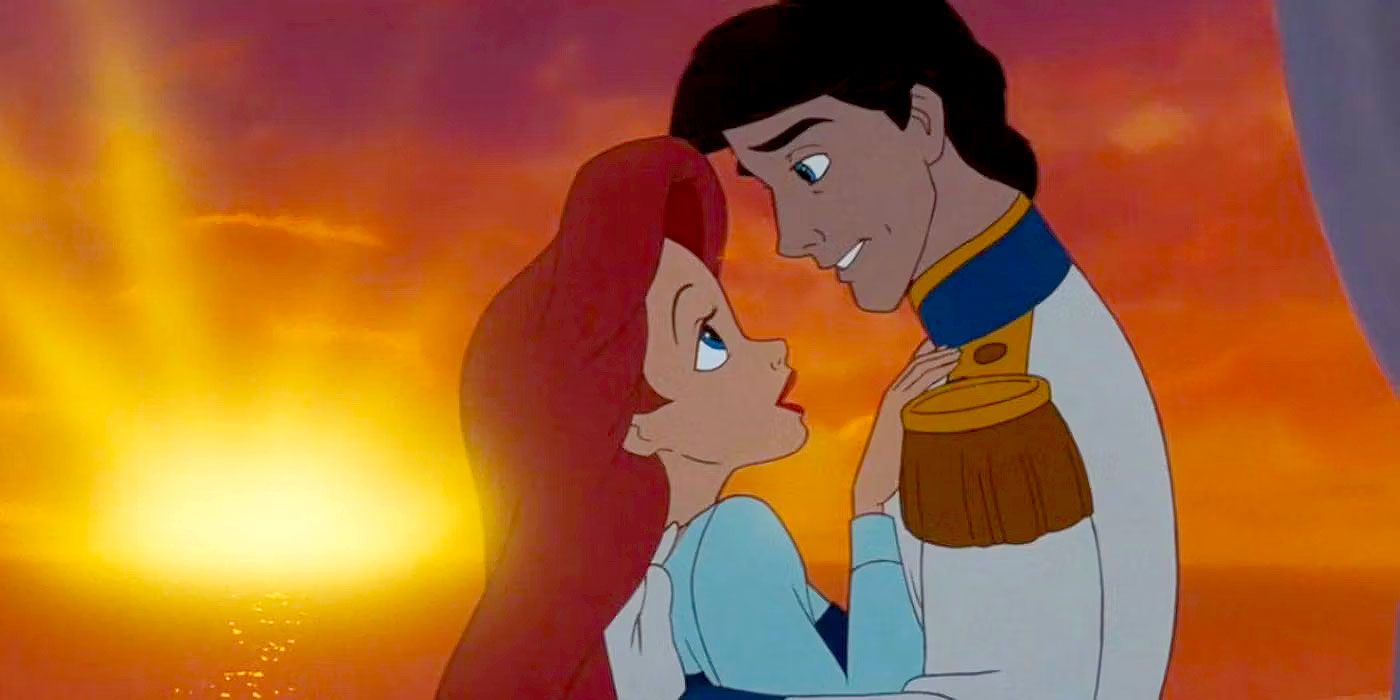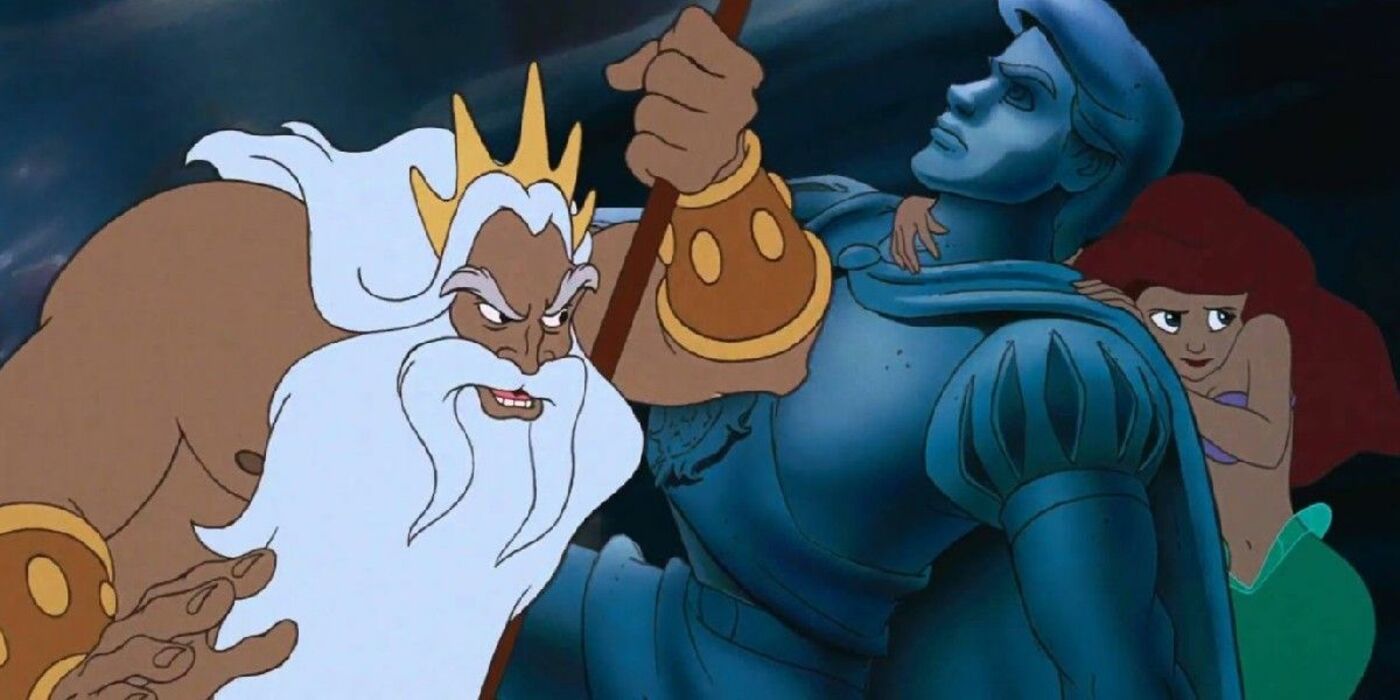Disney's live-action adaptation of The Little Mermaid, starring Halle Bailey, created a lot of buzz from the moment the first trailer dropped. Many seemed focused on the differences between the live-action and cartoon versions. However, Disney's animated movie is itself an adaptation and actually has several differences when compared to the original story, which scholarly interpretations have analyzed may actually be a metaphor for unrequited gay love.
"The Little Mermaid" was originally written by Danish author Hans Christian Andersen in the 1830s. While it shares similarities to Disney's cartoon, the original story was much darker and had a different ending. Let's take a look at Andersen's fairy tale and the symbolism embedded in the story, and see how it could very well reflect a gay author feeling out of place in a heterosexual world.
Unrequited Queer Love and Rejection Inspired The Little Mermaid
In Andersen's original fairy tale, the mermaid still falls in love with a human prince and barters her voice for legs, but it comes with a much more painful price. Every step she takes is full of pain and feels like knives stabbing her. If she doesn't get the prince to return her feelings and fall in love with her, she must die a mermaid's death and turn into sea foam. She accepts this trade even though she ultimately receives an unhappy ending, with the prince marrying a princess from a neighboring kingdom. The mermaid's sisters do offer her an alternative and inform her that if she kills the prince, she can become a mermaid again and return to the sea and her family, but she loves the prince too much to hurt him and throws herself into the water, turning into sea foam.
There's been much speculation about the meaning behind the story, but one particular take on it seems to have been widely accepted as truth. This interpretation claims that "The Little Mermaid" is actually a queer allegory and was a love letter written by Andersen to his close friend, Edvard Collin, whom he was in love with. Andersen had written several letters and poems to Collin throughout their friendship, and much of his writing declared deep romantic feelings for the other man, expressing that his emotions were like those of a woman's. Andersen was rejected, however, and "The Little Mermaid" was written the same year that Collin announced his engagement to a woman.
Like The Little Mermaid, Andersen Wanted To Be Something Else
Looking deeper into the story, the metaphor becomes quite clear. The mermaid has a strong curiosity for the human world from the beginning of the story, even before meeting the prince. She wants to feel the sun and dance like the humans do, feeling very connected to their world and uncomfortable in her own. She goes so far as to make a deal with the Sea Witch to change the parts of herself she doesn't like in order to make herself fit in more with them and try to win the prince's affection. Clearly, the mermaid is a stand-in for Andersen himself, while the prince is a stand-in for Collin.
This could be read as Andersen wanting to be like everyone else, wishing he was a woman instead of a man, so he could win Collin's feelings more easily, as queerness wasn't as socially accepted in the 1800s. There's a lot to be read in the mermaid's desire for the human world: Andersen's desire to be heterosexual like everyone else, his wish that one of them was a woman instead, or his longing to be accepted just as he was. The story's end, with the mermaid sacrificing herself because she loved the prince so much, was pretty foretelling as well since Andersen remained quite close with Collin and his wife throughout the rest of his life, even though his feelings for the other man were so strong.
In an era when queerness was so outcast, "The Little Mermaid" represents Andersen's frustrations and desires in a metaphorical fantasy. He was lonely, longing for a world he didn't belong to and a love he couldn't have, and just wanting to feel like everyone else. Even the Disney version can be seen with queer-coded lenses if one looks hard enough, although its story is vastly different from the source material. The beauty of the story is how it continues to be adapted and reimagined, and how it's still able to connect and resonate with audiences even hundreds of years after its original publication.


